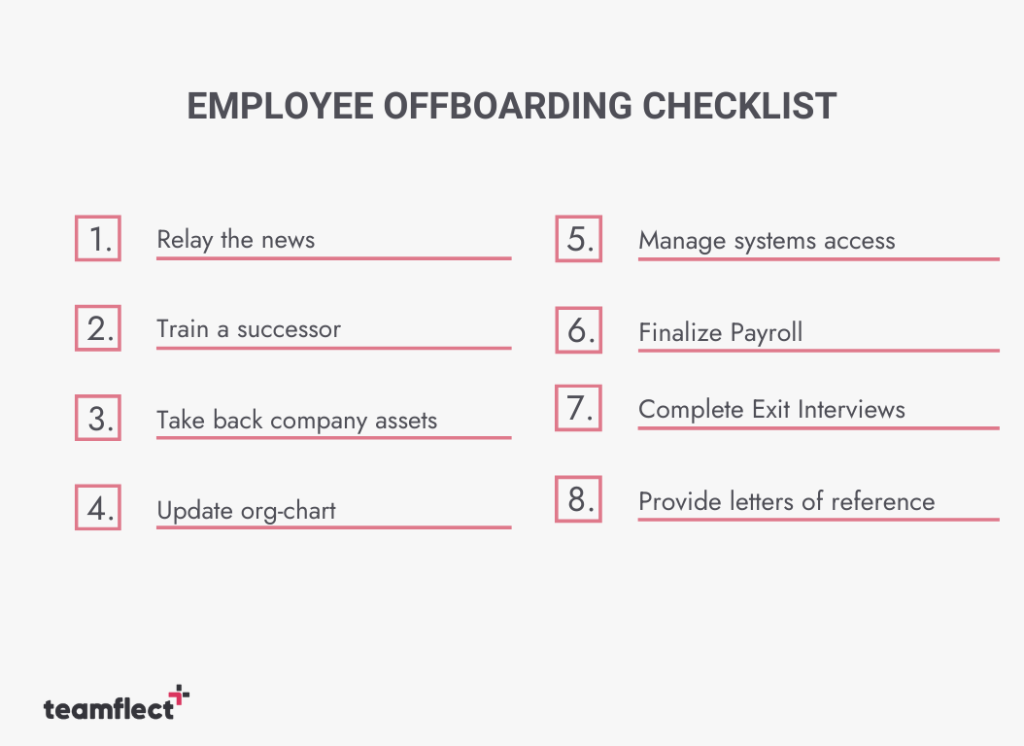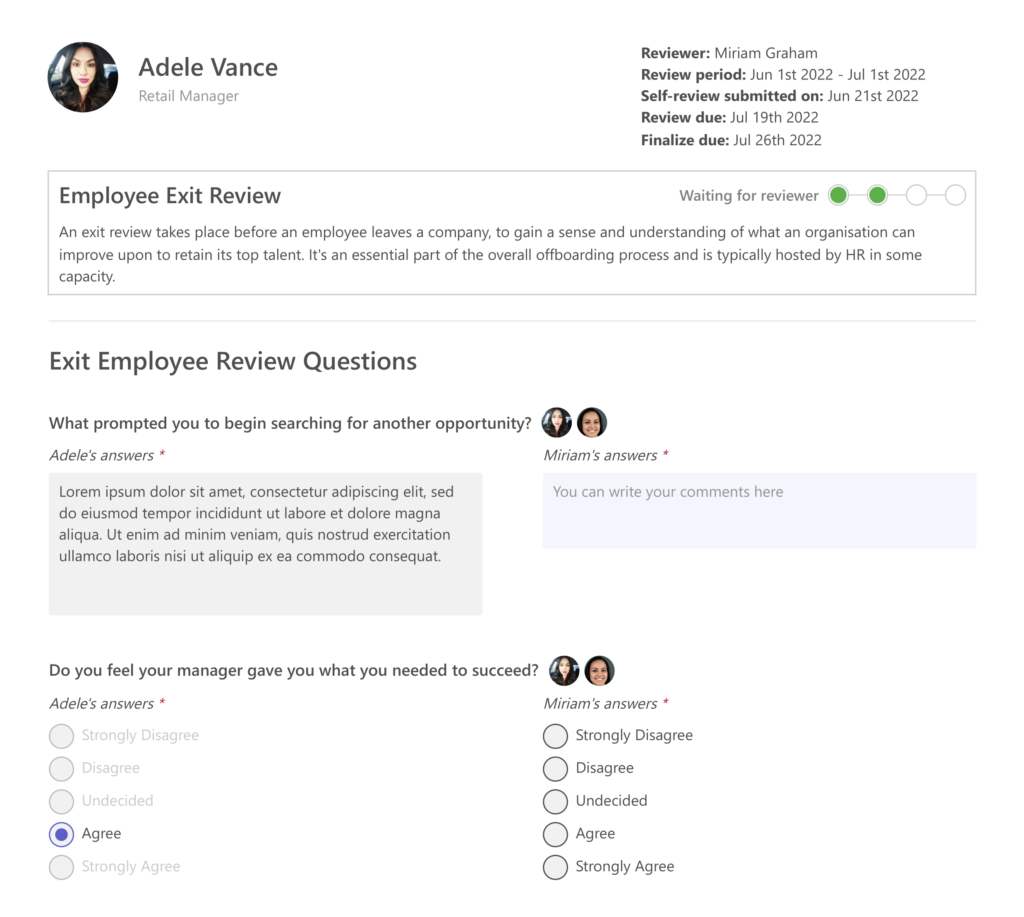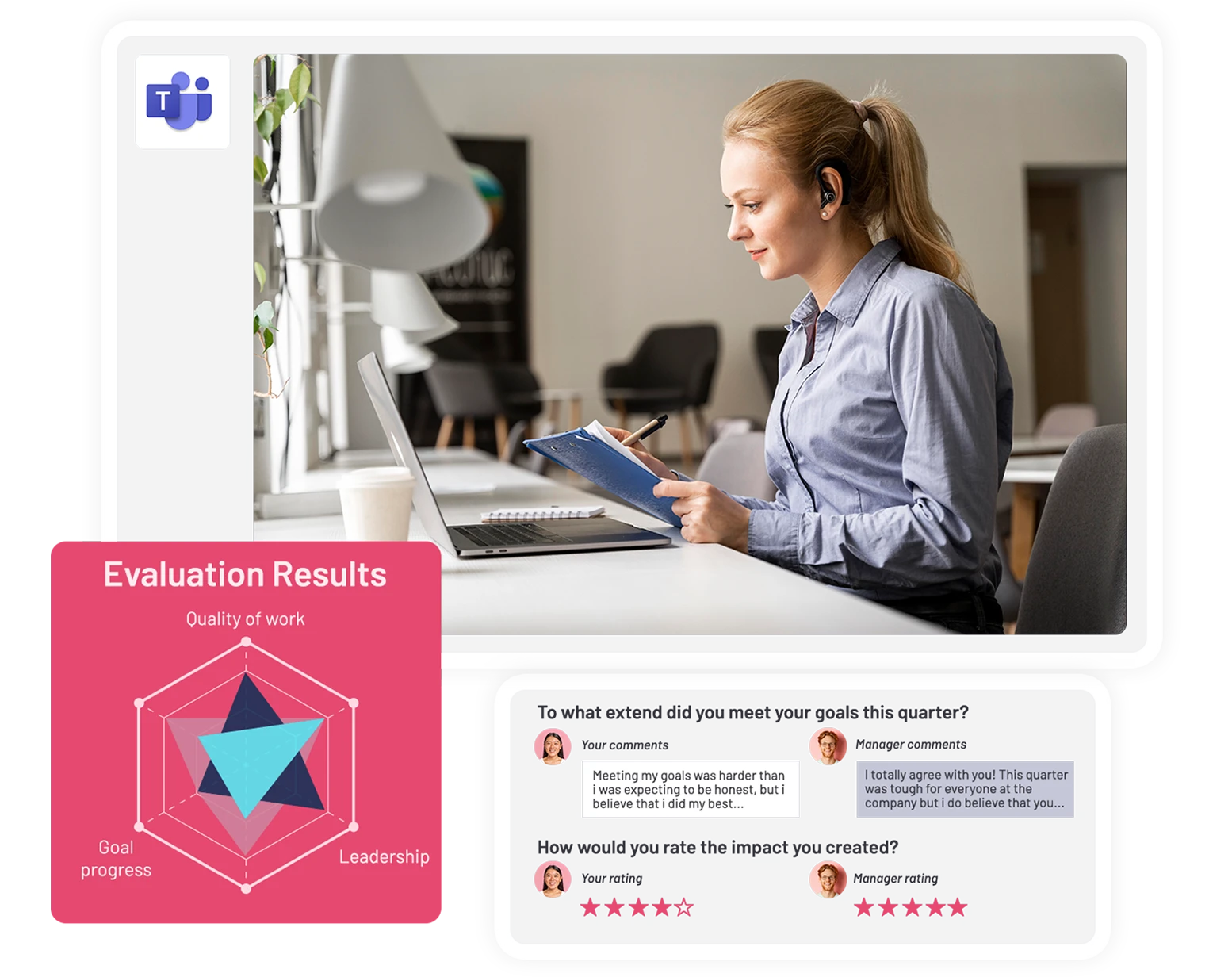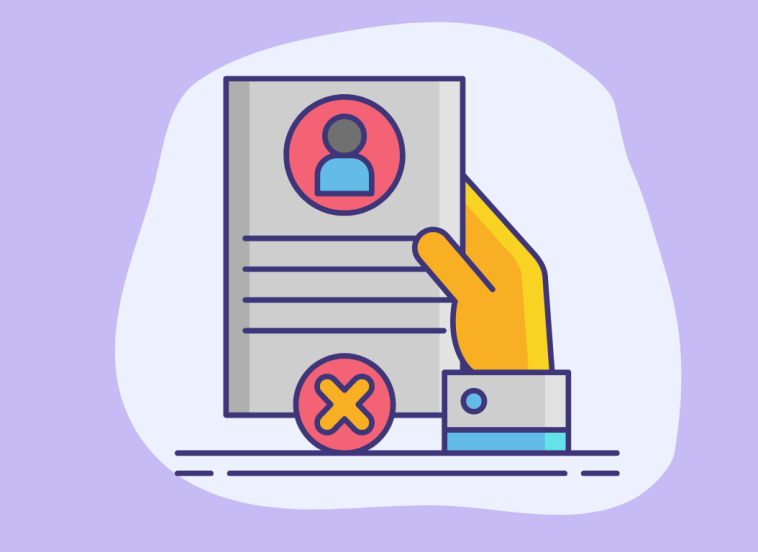Right after discussing strategies for onboarding new hires last week, let’s shift the discussion to employee offboarding. The idea of employee offboarding is never pretty. If we are discussing employee offboarding, that means someone is leaving the company and more often than not, it isn’t the happiest occasion.
That being said, following the right employee offboarding protocols can end up being beneficial for both the employer and the exiting employee alike. That is why we put together this employee offboarding checklist to help you navigate the waters of employee offboarding. So today, we will be answering simple questions such as:
- What should be included in employee offboarding?
- What are the offboarding tasks?
- And more!

Table of Contents
The Employee Offboarding Checklist
1. Relay the news
It’s always tough to say goodbye to a team member. Whether they’re leaving for a new opportunity or moving on to something different, it’s important to communicate their departure in a way that is respectful and professional.
Remember: How you communicate the departure to the individual will have a strong effect on employee engagement among your existing team members.
Schedule a meeting with the employee to discuss their departure. Be transparent about why they’re leaving and thank them for their contributions.
Ask if they have any questions or concerns, and let them know that you’re available to help with the transition.
It’s important to inform colleagues and other parties invested about the departure. Depending on the employee’s role, you may need to schedule a team meeting or send out a company-wide email, informing everyone of the recent departure.
One thing you have to do here is to maintain a clear and consistent message about the employee’s departure to avoid any confusion.
It is always a great idea to make sure to express gratitude for the employee’s contributions and wish them the best of luck in their future endeavors. If appropriate, invite them to stay in touch and keep the lines of communication open.
2. Training a successor
Training a successor to your exiting employee is a box you definitely have to be checking off of your employee offboarding checklist.
When an employee leaves the company the transition process to a successor should be smooth and efficient.
The transfer of knowledge mentioned here is critical for the new employee to understand their role, learn about the company’s operations, and continue the work that the previous employee had done.
A great place for you to start can be to identify the employee’s successor. This individual should be someone who has the skills and experience necessary to take on the role.
Schedule a knowledge transfer session with the departing employee and their successor, and create a clear agenda for the meeting.
During the knowledge transfer session, the departing employee should provide an overview of their duties and responsibilities, as well as any ongoing projects or tasks.
Even if you are filling the position with an internal candidate who knows how the company works, they should still inform the successor on certain procedures and best practices.
If the departing employee had any unique skills or knowledge that were critical to their role, consider providing additional training or resources to the new employee to ensure a smooth transition.
By providing an atmosphere for the efficient transfer of knowledge and providing support to the new employee, you can set them up for success and minimize any disruption to the company’s operations.
3. Taking back any company assets
There are many comparisons to be made between employee offboarding and breakups. Effective employee offboarding should be the closest thing you can imagine to a perfect breakup. Well, this is the part where you take your CDs out of their car and ask for your keys back.
To start, create a list of all company assets that the departing employee had access to. These may include:
Keys, security cards, or company vehicles, as well as digital assets, such as email accounts, social media accounts, and access to company databases.
Once you have identified the assets, communicate with the departing employee to arrange for their return. If the employee is local, consider scheduling a time for them to return the assets in person. If the employee is remote or unable to return the assets in person, provide instructions for how to ship the assets back to the company.
4. Update your org charts and company directory
Let’s keep the daisy chain of relationship jokes about employee offboarding rolling. Now that you are properly broken up and you hopefully have all your stuff back, it might be the right time to change your relationship status on Facebook.
Start by reviewing all of the places where the employee’s name appears in your organization’s documentation, including org charts, company directories, and any other materials that may be relevant. Update their status to “terminated” or “inactive,” and remove any references to their role or responsibilities.
In some cases, the employee’s departure may create a gap in your organizational structure that needs to be filled. If this is the case, it’s important to start the hiring process as soon as possible, to avoid any disruptions in your company’s operations.
You might find that many performance management software relies on your organizational chart to effectively function.
There are many different digital collaboration tools that use the data from your org-chart to function effectively so keeping your organizational chart up to date throughout the employee offboarding process is key.
5. Manage systems access
We are not naming any names but we’ve all had those breakups where we felt like we might have to change the locks in our house, alongside our phone numbers, our entire identity and maybe just move to an entirely new country. You don’t need to do anything that extreme. Just be safe with your data and your systems access:
Revoking systems access is an absolute must in protecting your company’s sensitive information when an employee departs. Now that almost everything your organization does is digitized and hidden behind passwords and usernames, it’s important to ensure that the departing employee no longer has access to any company systems or applications.
Make sure you have a list of all the systems, applications, and data the employee had access to. Then, disable or revoke access to these systems as soon as possible. Identify any shared passwords or credentials the employee may have had and change them to prevent any unauthorized access.
If you have any questions regarding Microsoft Teams app security or employee monitoring, please refer to these articles.
6. The final pay
Making sure that the departing employee receives their final pay on time is just might be the single most important part of the employee offboarding process. You want to make sure that the employee is paid for all the work they have done and that there are no outstanding payments. You’ll need to calculate:
- Any unpaid wages
- Holiday pay
- Other outstanding payments
Once you have all the necessary information, process the final payment through your payroll system. Make sure to deduct any taxes, social security contributions, or other withholdings as required by law.
Completing the final payment process promptly and accurately guarantees a positive and smooth offboarding experience for the departing employee.
7. Conduct an exit interview
Performing an exit interview is a valuable opportunity to gain insight into why the employee has decided to leave the company. It can help you identify areas of improvement and identify any issues or concerns that need to be addressed.
Schedule a meeting with the departing employee to perform the exit interview. You have the option of holding this meeting in person, on the phone, or via video conferencing.
Ask the employee a number of questions about their interactions with the company during the meeting. Depending on the objectives of the survey, these questions could be open-ended or closed-ended.
Ask the employee, for instance, why they left, what they liked and disliked about working for the business, and if they have any recommendations for enhancements.
Be sure to take notes during the interview and thank the employee for their time and feedback. Use this information to make changes and improve the employee experience for future employees.
A Digitized Solution
Exit interviews, alongside stay interviews and employee engagement surveys, provide leaders with extremely helpful data that they can use to improve their retention rates or other key performance metrics. That is why using performance review templates in order to conduct these interviews and surveys is the right way to go.
This is where Teamflect comes in:

Teamflect is an all-in-one performance management solution that provides users with access to some of the best customizable performance review/employee interview templates available in the Microsoft Teams ecosystem.
With Teamflect, you can conduct your exit interviews, then see Power BI reports that provide you with further insight.
An official Microsoft partner, Teamflect functions as the best task management, employee engagement, and OKR software for Microsoft Teams.



